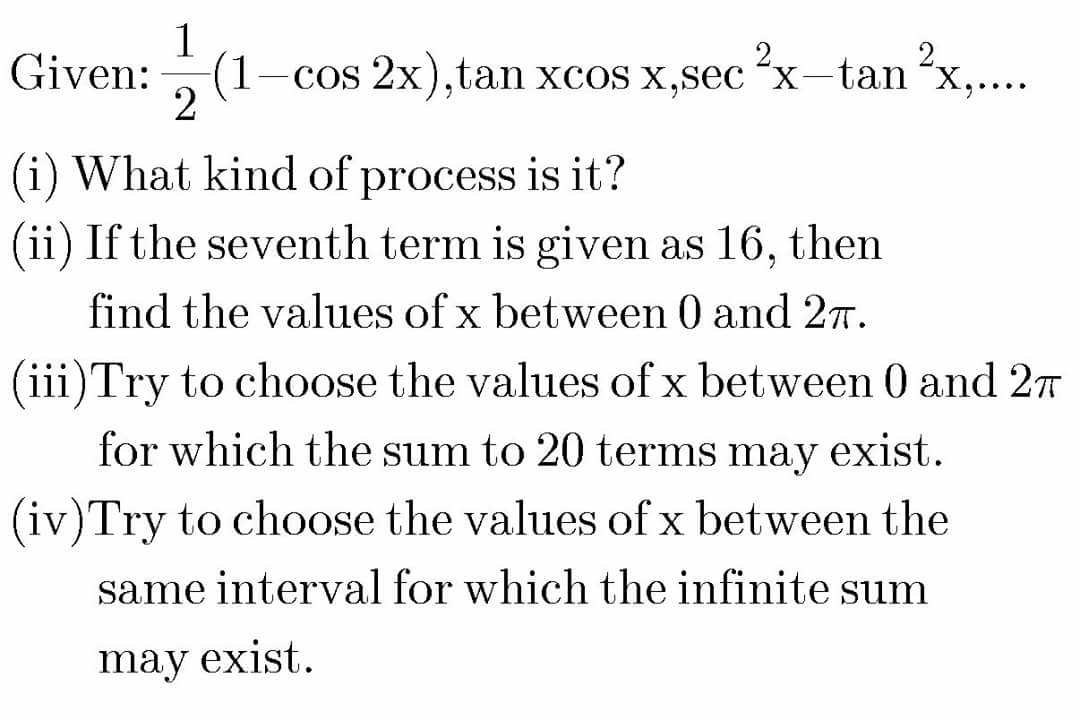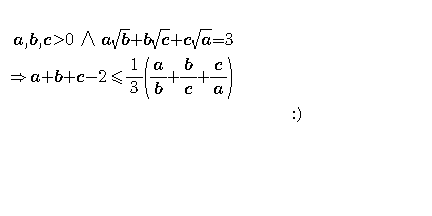
AllQuestion and Answers: Page 1927
Question Number 16663 Answers: 0 Comments: 0

Question Number 16656 Answers: 1 Comments: 0
Question Number 16647 Answers: 0 Comments: 4
Question Number 16645 Answers: 1 Comments: 1
Question Number 16641 Answers: 0 Comments: 0
Question Number 16638 Answers: 1 Comments: 0
Question Number 16635 Answers: 0 Comments: 0
Question Number 16634 Answers: 1 Comments: 2
Question Number 16633 Answers: 0 Comments: 1
Question Number 16632 Answers: 0 Comments: 0
Question Number 16623 Answers: 1 Comments: 0
Question Number 16621 Answers: 1 Comments: 1
Question Number 16600 Answers: 1 Comments: 8
Question Number 16598 Answers: 1 Comments: 0
Question Number 16595 Answers: 1 Comments: 4

Question Number 16592 Answers: 1 Comments: 1
Question Number 16589 Answers: 1 Comments: 0
Question Number 16579 Answers: 0 Comments: 3

Question Number 16570 Answers: 0 Comments: 1
Question Number 16572 Answers: 1 Comments: 0

Question Number 16542 Answers: 0 Comments: 1
Question Number 16540 Answers: 2 Comments: 0
Question Number 16547 Answers: 1 Comments: 2
Question Number 16546 Answers: 2 Comments: 0
Question Number 16528 Answers: 1 Comments: 0

Question Number 16519 Answers: 2 Comments: 0
Pg 1922 Pg 1923 Pg 1924 Pg 1925 Pg 1926 Pg 1927 Pg 1928 Pg 1929 Pg 1930 Pg 1931
